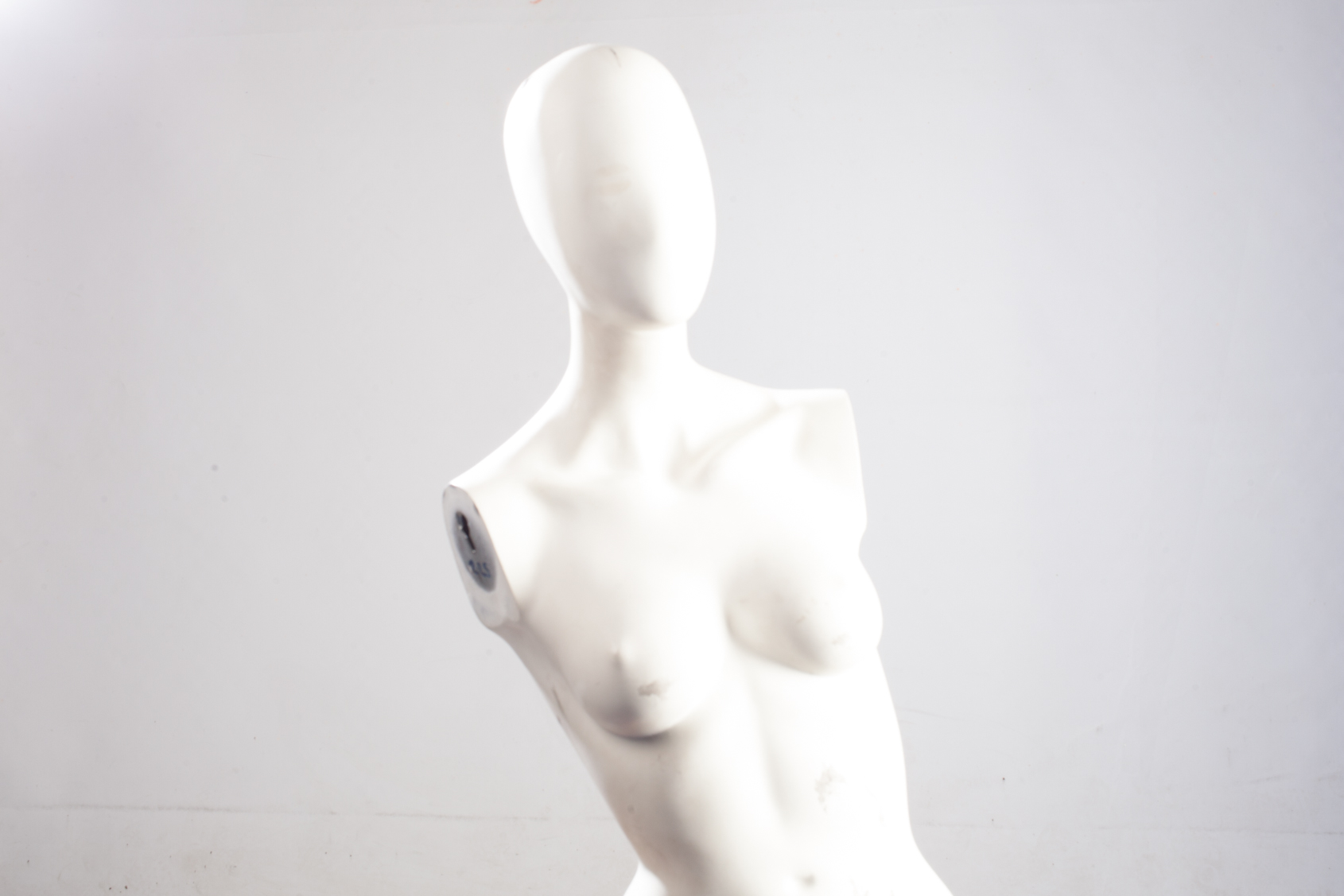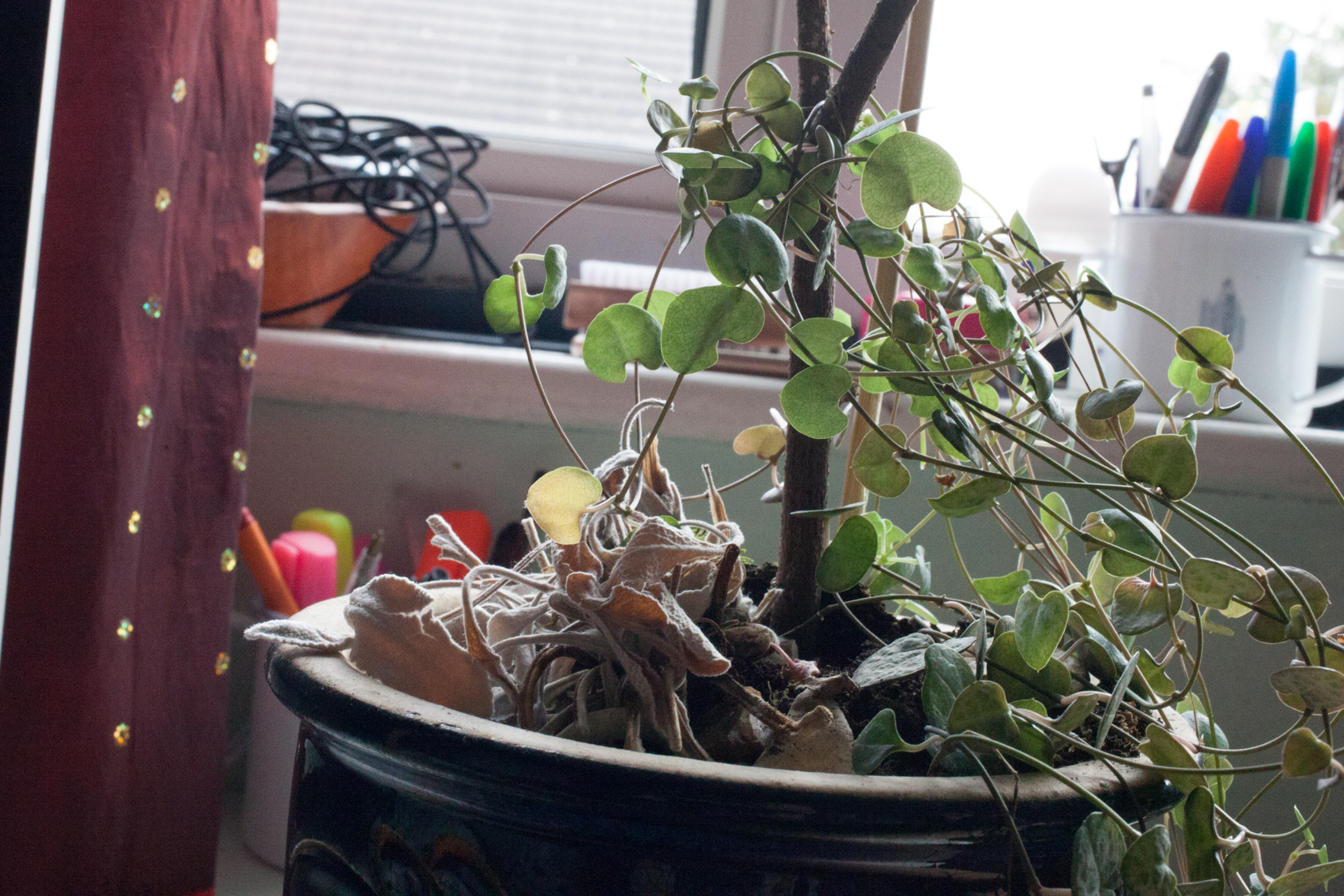High-key lighting is usually quite and free from dark shadows. The terminology comes from the higher balance in the ratio between the key light and the fill-light setup in a traditional three point lighting setup.The primary drawback is that high-key lighting fails to add meaning or drama by lighting certain parts more prominently than others. This technique is mainly used for photography of bright objects, e.g. fair skinned people, underwear, white flowers or when intending to emphasize the delicacy of the object, the calmness of the moment of shooting. However, it can also be used to depict...
Andy Warhol
Andy Warhol ( born Andrew Warhola; August 6, 1928 – February 22, 1987) was an American artist , director, and producer who was a leading figure in the visual art movement known as pop art. His works explore the relationship between artistic expression, advertising, and celebrity culture that flourished by the 1960s, and span a variety of media, including painting, silkscreening, photography, film, and sculpture. Some of his best known works include the silkscreen paintings Campbell's Soup Cans (1962) and Marilyn Diptych (1962), Hie once said :"I love LA , I love Hollywood . They`re so beautiful .Everything is plastic ,...
An aperture is a part of the lens that is responsible for adjusting the size of the hole through which light enters our camera. These are the leaves that overlap to expand and narrow, thus regulating the size of the "hole". The lower the aperture value, the larger the hole and thus the more light is let inside the camera. The higher the f value, the greater the value apertures, i.e. more elements in the frame will be sharp. The low aperture value makes some small parts of the photo sharp and everything behind it and in front of it...
- 1
- 2





